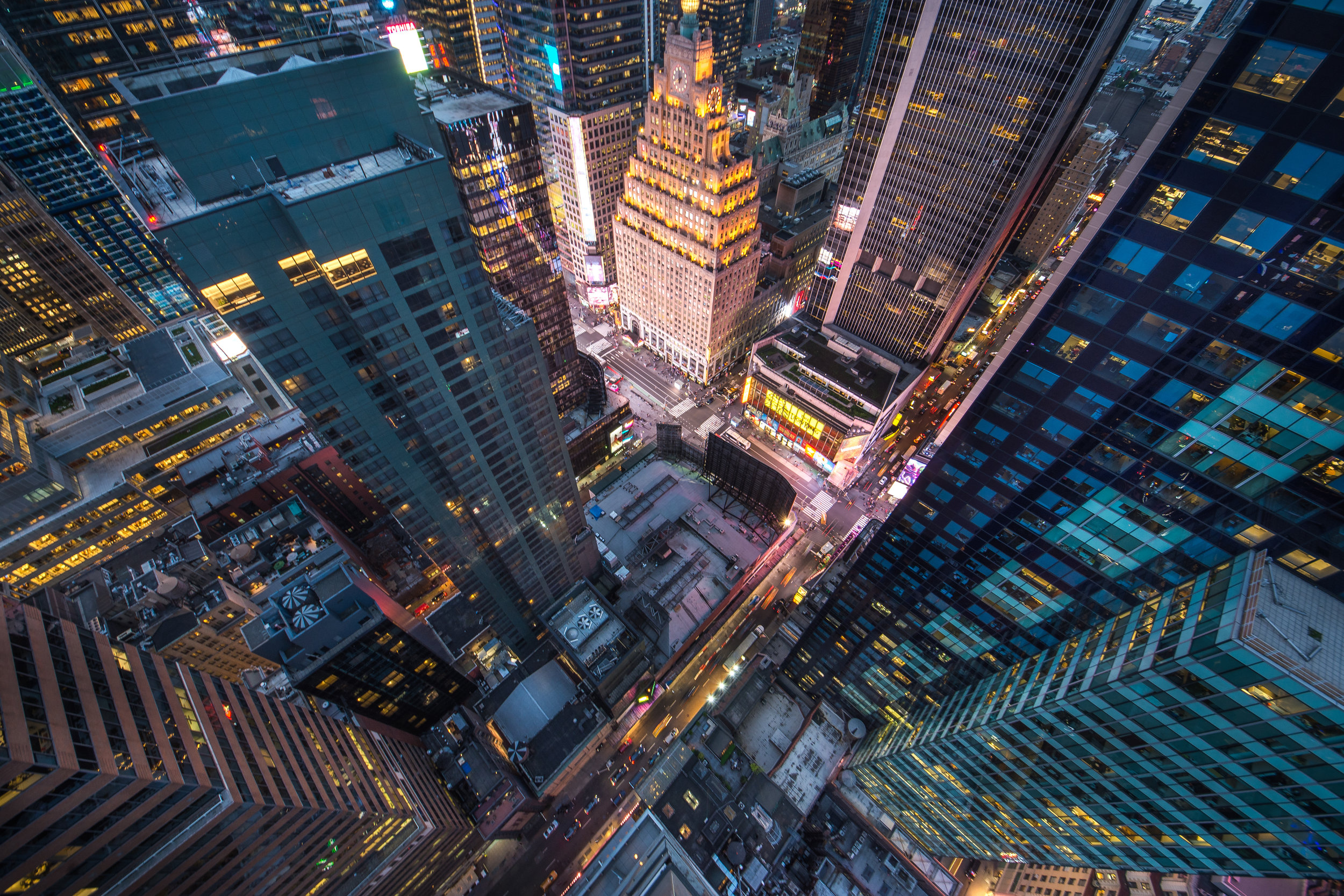Concrete Jungle
The Floral Renaissance has permanently changed the urban interior. Photograph by Marianna Ianovska.
Stella Marat’s primary botanical canvas is a posh office on 5th Avenue. She admits that these Manhattan skyscrapers are not the first place one thinks of when picturing a lush green oasis; however, Marat hopes to change that.
“Floral Renaissance”
Termed the Floral Renaissance, an interior design and art movement has recently generated mass appeal by incorporating genetically modified plants into interior design—revolutionizing home and office interiors. Stella Marat, Estephan Daman, and other botanical designers are the inventors and cultivators of this revolution—engaging other fields, such as organizational psychology, botany, and biological engineering into interior design. In fact, many consider the Floral Renaissance to be the most revolutionary technological innovation in interior design since the mass production of furniture.
Genetic engineering has enabled for the development of flowers and plants that are hypoallergenic and utilize less sunlight and water. Through the use of special composite soils, these modified plants can grow almost anywhere, in any environmental conditions.
Botanical designer Estephan Daman, founder of design group Fauna, claims that the “advancements in genetic engineering have singlehandedly changed the botanical design industry, by enabling us to utilize plants indoors in ways we could not do before.”
Only a few dozen plants, mostly grasses, have been successfully modified to be integrated in interior design; however, there is a significant effort by biologists, botanists, and farmers to genetically modify more plants to withstand different interior conditions. Currently, most modified plants used by botanical designers are of the Poaceae (grasses family) and the Asteraceae (widespread family of flowering plants)—including ferns, grasses, bamboo, ornamental chrysanthemums, and dahlias. The Poaceae and Asteraceae families contain some of the most economically important plant species and as a result, both of these plant families are the subject of most botanical research around the world. The popularity of botanical design in modern offices and homes is creating a demand for more modified plant species and driving these new biological design innovations at a rapid pace.
Stella Marat and her eponymous design firm, MARAT, recently began research efforts to create proprietary modified plant species to be used solely in their interior botanical designs. Marat says “our botanical designers now have the benefit of working alongside botanists, biologists, and agriculturists researchers to create the next generation of botanical design, which fulfills a particular aesthetic vision. In fact, we believe that a ‘botanical designer of the future should be an expert in both interior design and biological design, being able to create a modified plants species, according to their own design specification” says Marat.
*
“China, India, and several other countries have initiated efforts to redesign their urban interiors.”
The inclusion of plants inside a single office building may not have a significant impact on urban air quality; however, recent studies have shown that an entire city with botanical gardens inside its buildings and skyscrapers will have a measurable impact on air pollution. As a result, China, India, and several other countries have initiated state funded efforts to redesign their urban interiors with the help of botanical designers.
In addition to the studies concerning urban air quality, there are several studies funded by NASA, the Martian Academic Publication, and universities around Earth to better understand the positive impact that indoors plants have on individuals. Scientists hypothesize that these live designer plants in offices and homes increase productivity and provide stress relief throughout the workday.
Botanical design also has a significant impact on the current Martian settlement effort. MARAT, Fauna, and several other botanical design houses have begun working with scientists to create genetically modified plants to be used inside homes and offices on Mars. Most Martian settlers spend the majority of their time indoors. As a result, the inclusion of live plants within interior spaces may have a significant impact on their psychological and physiological health. The success of botanical design on Earth has recently led to the Mars Committee of Interior to explore the construction of public botanical design parks and event spaces on Mars.
The Floral Renaissance has the potential to change the urban interior on both Earth and Mars. Through the incorporation of live plants in interior design, botanical designers have brought inside, the very living things that led humanity to create closed shelters. Botanical designers have achieved this re-assimilation to nature through a re-imagination of how plants should look, grow, and feel—inviting flora and fauna to co-exist with people again, inside the Concrete Jungle.










